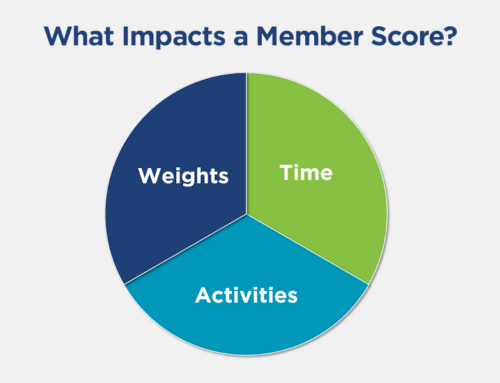 Segmenting with Google Analytics
Segmenting with Google Analytics
Google Analytics (GA) is a very useful, free tool for tracking website statistics.
Through its segmentation function, it enables us to get a glimpse of who is viewing our website and what they are doing while there. It has many built-in, easy to use advanced segmentation properties. Using its practical interface, you can create from among five types: demographics, technology, behavior, date of first visit, and traffic sources. These are great for displaying traffic comparisons over time and alerting you to anomalies that may be affecting your association.
Also, these advanced segments are retroactive – so starting the advanced segments in your Google Analytics today, you can use them to analyze data from as far back as you have analytics data.
Kristi Hines provides a great step by step look at how to implement this advanced segmentation feature in your website analytics.
Some may argue that segmentation in and of itself is not helpful in developing a web marketing strategy, but knowing who your audience members are is an important first step in identifying their needs and how to best meet them.
Combine and Analyze the Data
After creating advanced segments, you will want to start analyzing the data to see the differences among the segments and the traffic they bring. We often write about the great benefits of analyzing your various sources of data through a visualization application such as Tableau. Overlaying your website metrics with other data sources can provide far clearer insights into your market.
Pulling your GA data into Tableau through its native GA connector, and then connecting data from your other data sources (AMS, CRM, SalesForce, other 3rd party applications, etc.) will enable you to easily spot trends and view patterns in a variety of areas. Forecasting, outlier detection, and ‘what if’ analysis are all standard in Tableau.
Combining your Google Analytics data with other sources of relevant information such as event data and marketing email blasts can provide deeper insight into your audience’s motivation behind their path through your site. In order to refine a marketing strategy, you need surrounding details to improve your audience satisfaction and sustain or increase their motivation to engage with your organization. For example pulling in event data enables you to see if your web strategy made an impact in your campaign. Being able to simultaneously see what else was taking place within your organization is the perfect way to reconcile those traffic spikes with the activities that drove them. Raw data itself can be meaningless for marketing purposes. However, analyzing this data in the context of other organizational information to derive meaning from it is the crucial second step in the personalized marketing process. This means reviewing the data to assess customer behavior and identity in the context of surrounding organizational metrics in order to then be able to create more targeted, powerful personalized campaigns.
Combining your Google Analytics data with other relevant data within a visualization application like Tableau enables you to assess all areas and determine what impact was made and what factors tied together to make this so. You can take action and improve your campaigns and really see the dynamics of the various strategies and actions in play within your organization. Leveraging all of your data in this way is a quick and effective path to gain actionable insights and inform marketing strategy, event planning, and publishing efforts.

 Segmenting with Google Analytics
Segmenting with Google Analytics

